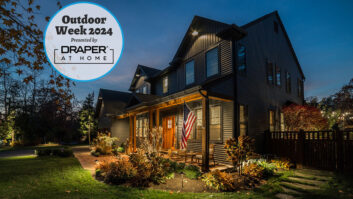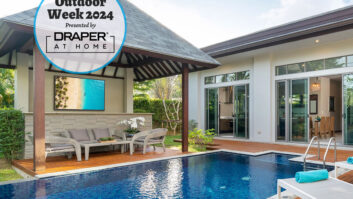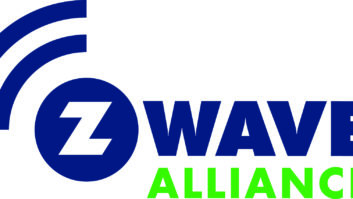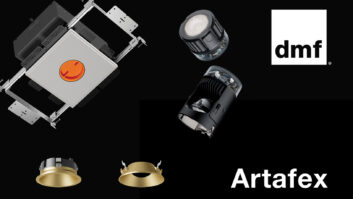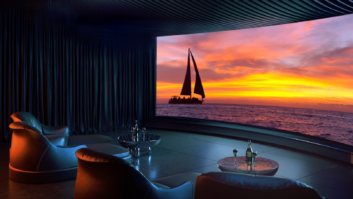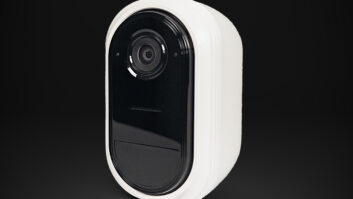perspective there is an entirely new world of features and conveniences that we can experience and enjoy.
And from the resellers perspective, what a boon. The new HD DVRs mean that everyones current DVRs are already out of date and in need of replacement, and its certainly hard to argue that point all the way to your local bank. The quality of off-air HD broadcasts is striking, and, in most urban areas, the number of these free stations is plentiful. Top it all off with the fact that following right on the heels of these HD-DVRs are the new HD-DVD recorders.
But there are one or two nasty characteristics of these wonder toys that are lurking in the distance and slowly making themselves felt. These new-generation DVRs are nothing more than specialized hard drives with multiple satellite tuners. No matter what time of day and no matter what the present usage may or may not be, that hard drive is in there whirling about, ready and willing to record something. And while it is whirling, it is making noise.
More than one of our clients have found this DVR noise objectionable, and actually manually unplugged the device from its AC outlet or shut off its UPS. This results in a service call the very next morning for a DVR thats not turning on or a station guide thats not showing any programming information.
So what to do? With HDMI cabling distance limitations, that DVR cant go far. And reverting back to component video to be able to relocate the DVR requires not only adequate, and probably non-existent cabling, but also creates IR-reception problems once the DVR is out of the room. So the next option is usually to enclose the unit into a cabinet of some sort, possibly behind doors directly under or near that display. Doors keep the noise inside, even though they may have to be opened manually to use the system.
Alas, have you noticed the heat that these DVRs are putting out today? There is, quite surprisingly, virtually little to no difference between the on heat generation and the off heat generation of these units. So once you close those cabinet doors, the heat build-up is immediate and intense. If you stack any other audio/video component directly on top of the DVR, that device will immediately begin to cook and overheat. Ventilation is required, leading to another fan and more noise. Its time to get creative.
Increasing air flow movement from the bottom of the cabinet to the top is critical. We have seen that in those cabinets with shelves, a solid shelf is a disaster waiting to happen. It blocks and traps all the heat into one area, preventing the hotter air from rising. Replace them with perforated shelves or partial shelves. We have even installed small slide-out or swing-out racks into such cabinets to eliminate the shelves altogether and guarantee air flow.
Getting cool air into such cabinets isnt too difficult. An opening into the toe-kick will source cool air in, and a small sponge dust filter adds acoustic filtering as well. But the hot air out-flow location is the trick. Pumping the air directly into the room doesnt do much for the noise reduction. We have observed that venting it with a fan into the adjacent wall and up the interior hollow wall was a creative solution; an opening at the top allowed for easy air outflow, and the noise reduction was complete. Other creative solutions were to vent to the adjacent cabinet chamber, sometimes behind the display device, sometimes out the back of the cabinet into a storage area or laundry room, but always away from the local room.
Whenever you do one of these DVR installations or upgrades, dont let DVR stand for Didnt Ventilate Right. Start with your noise and ventilation concerns first because they will come back later. And everything is easier to deal with at the very beginning than it is downstream.

